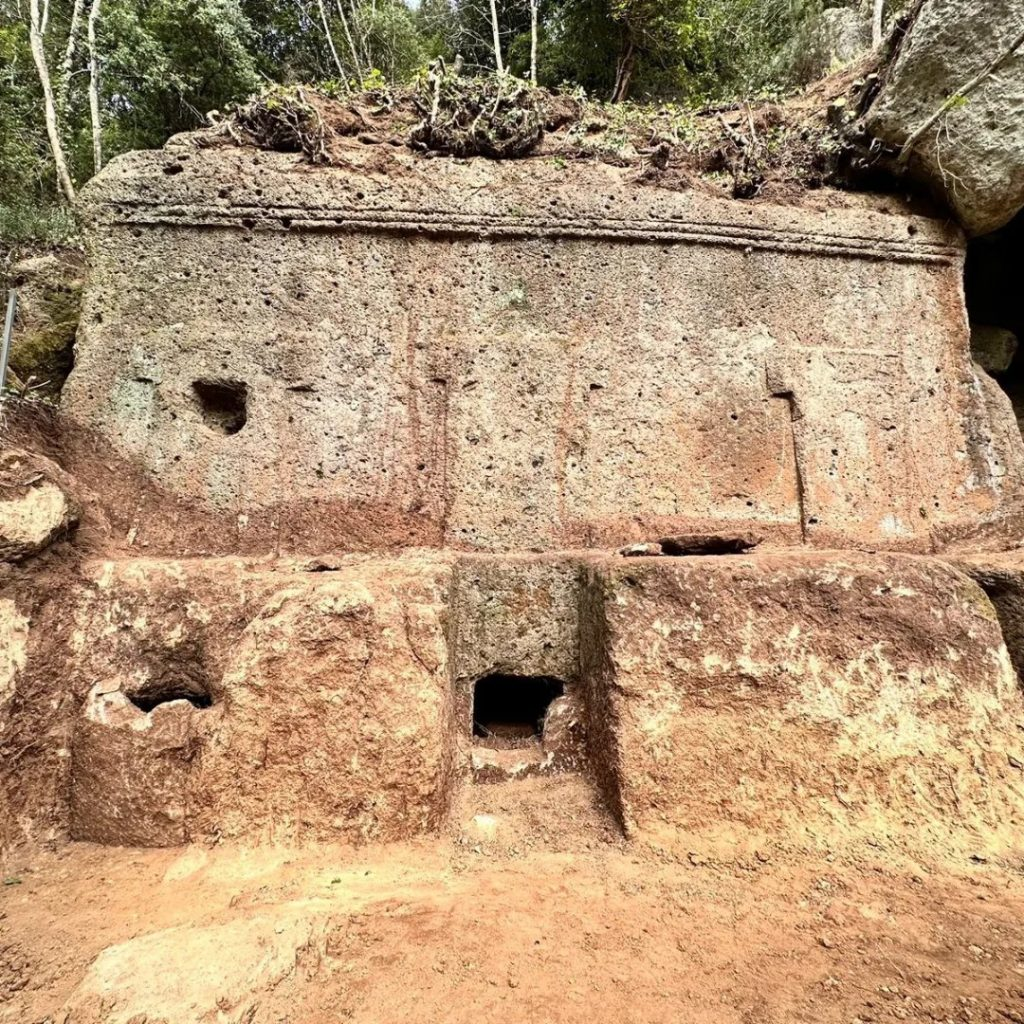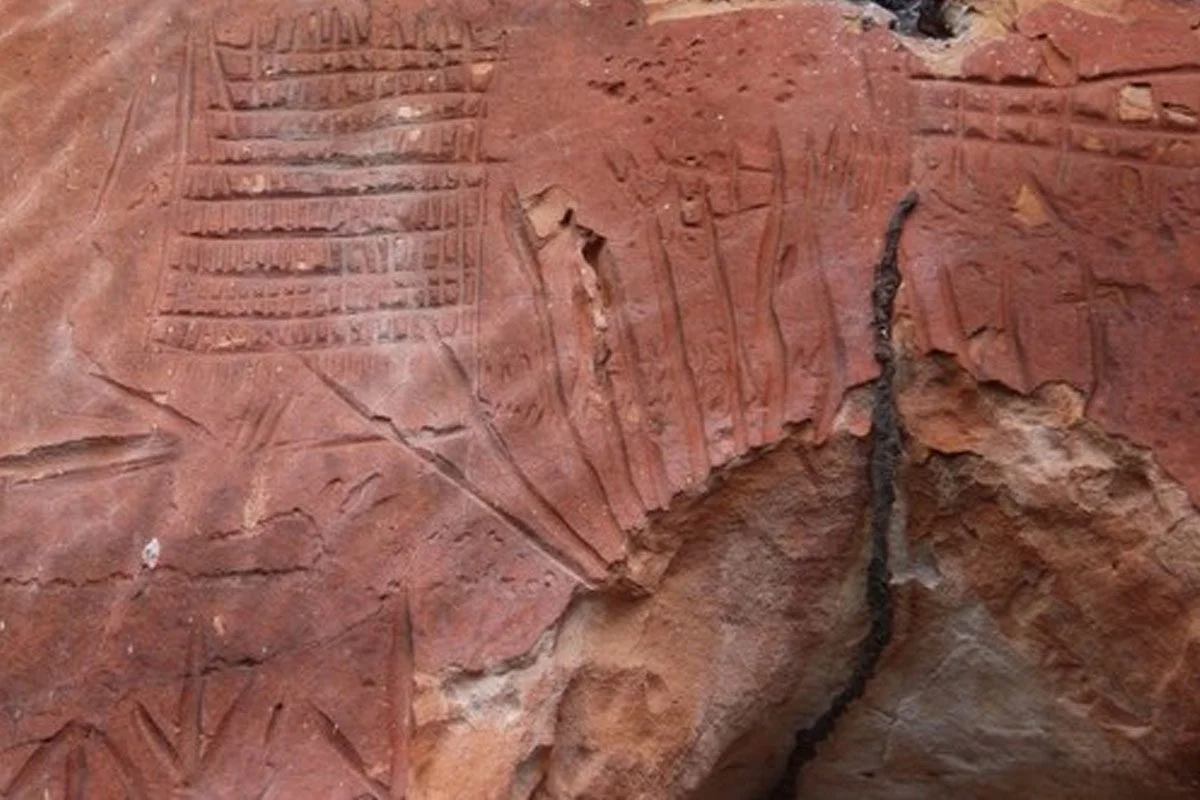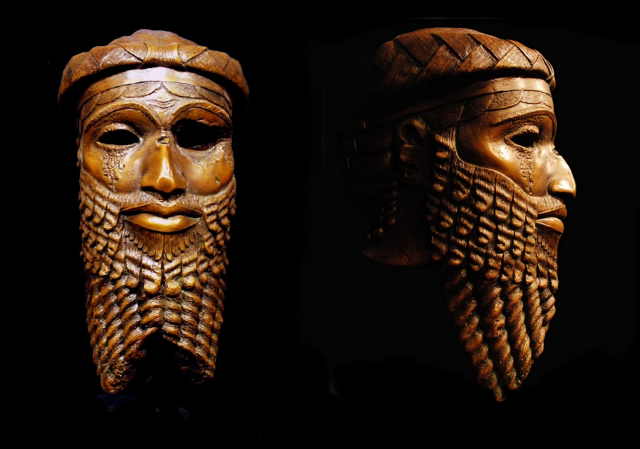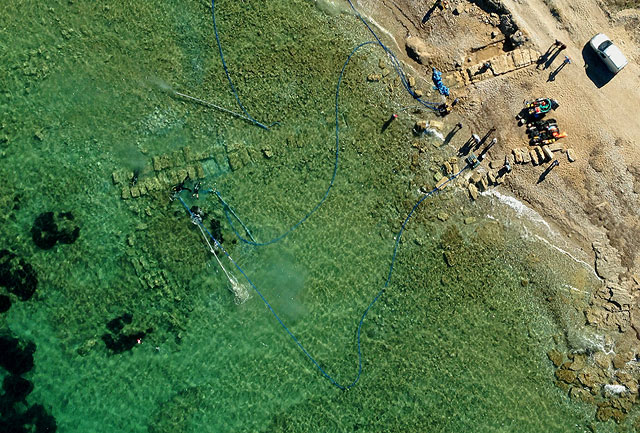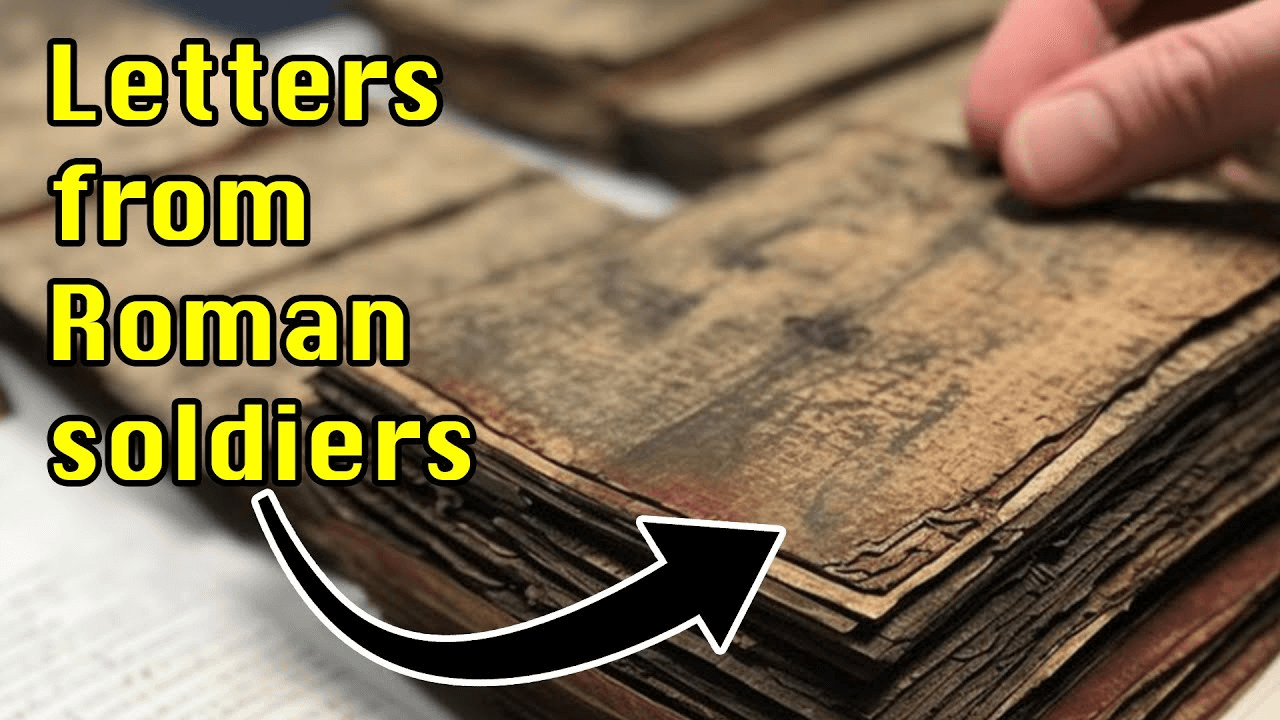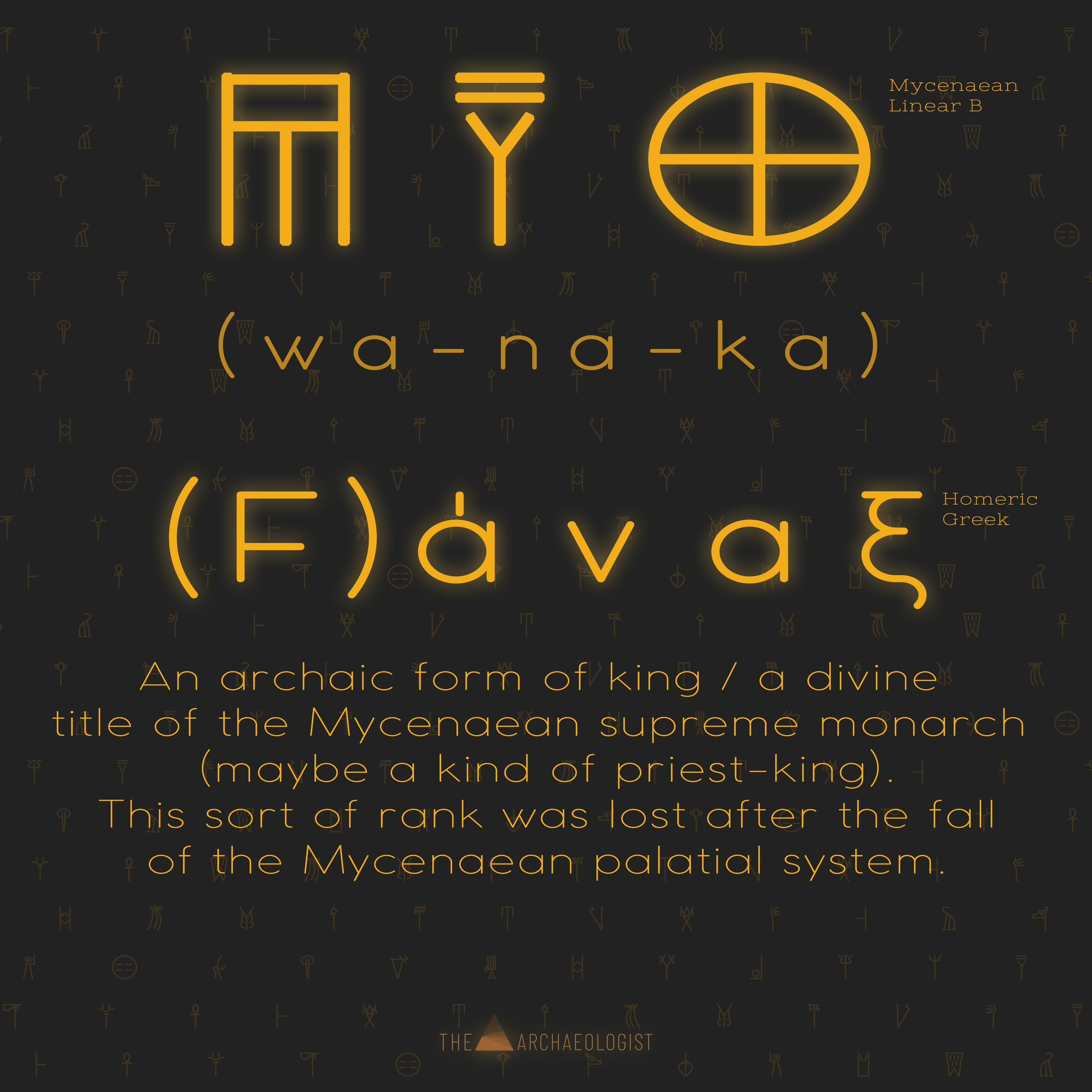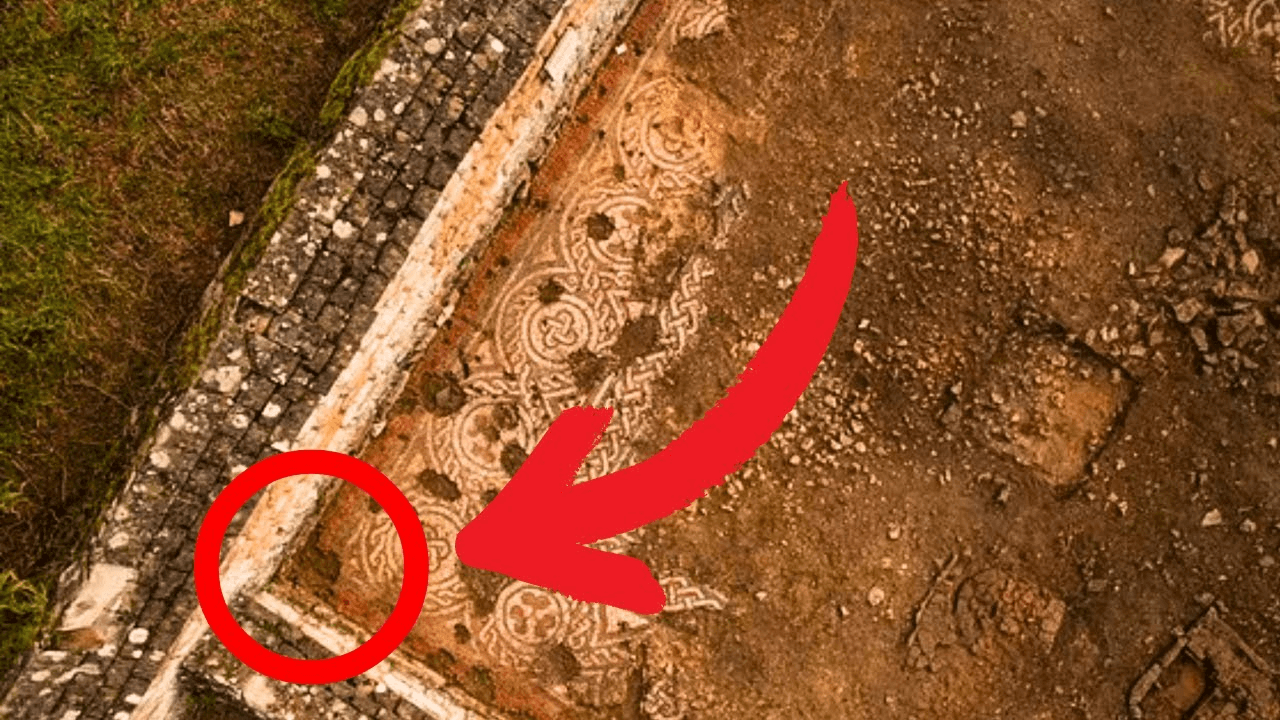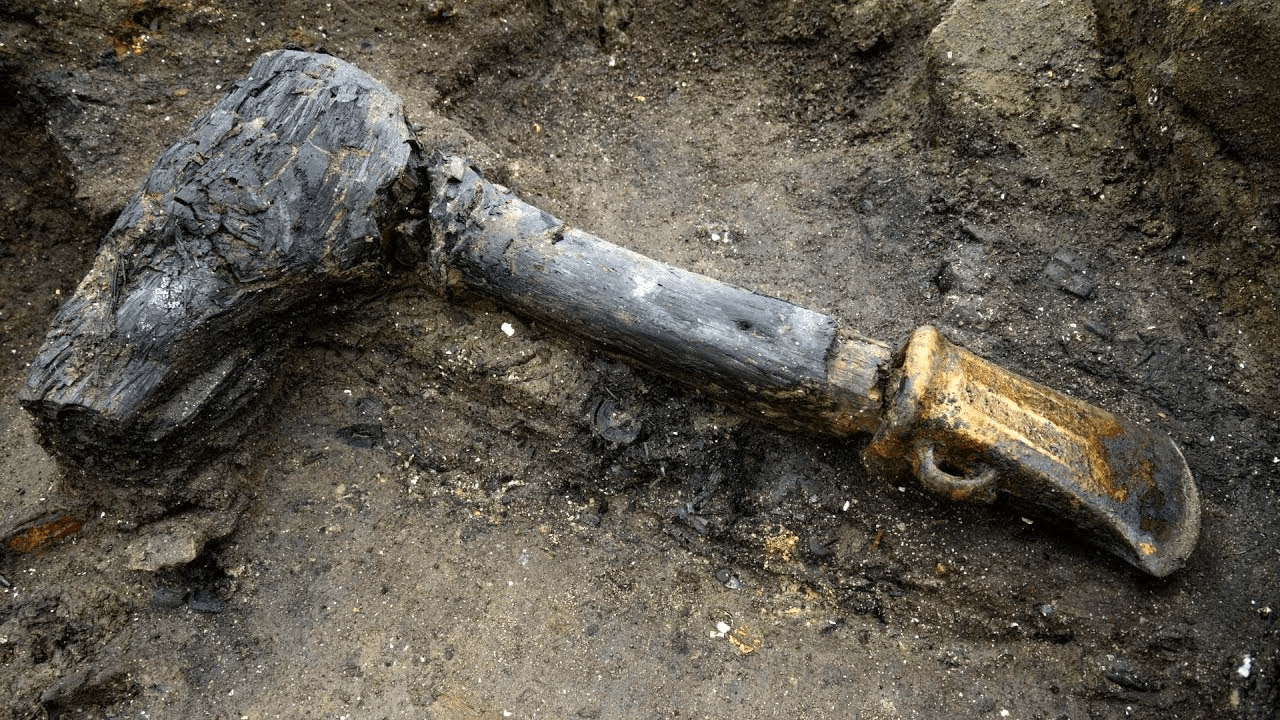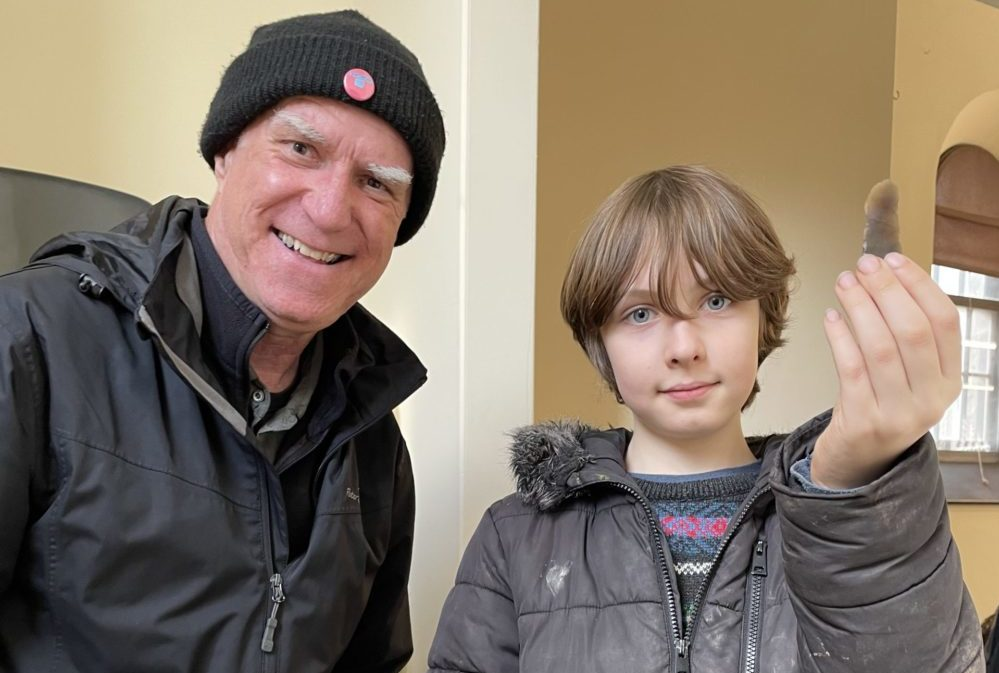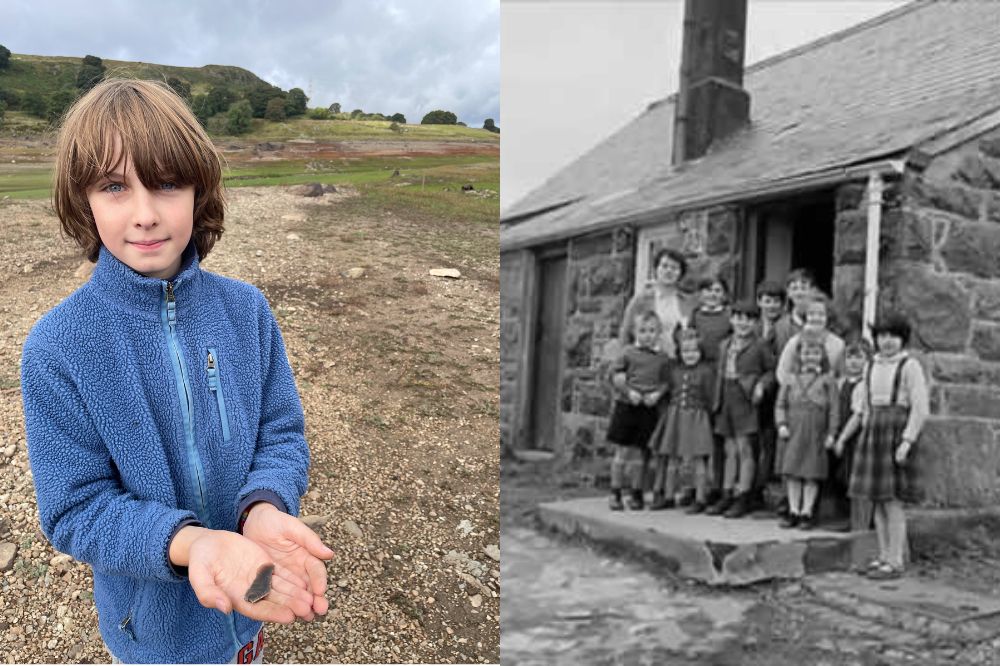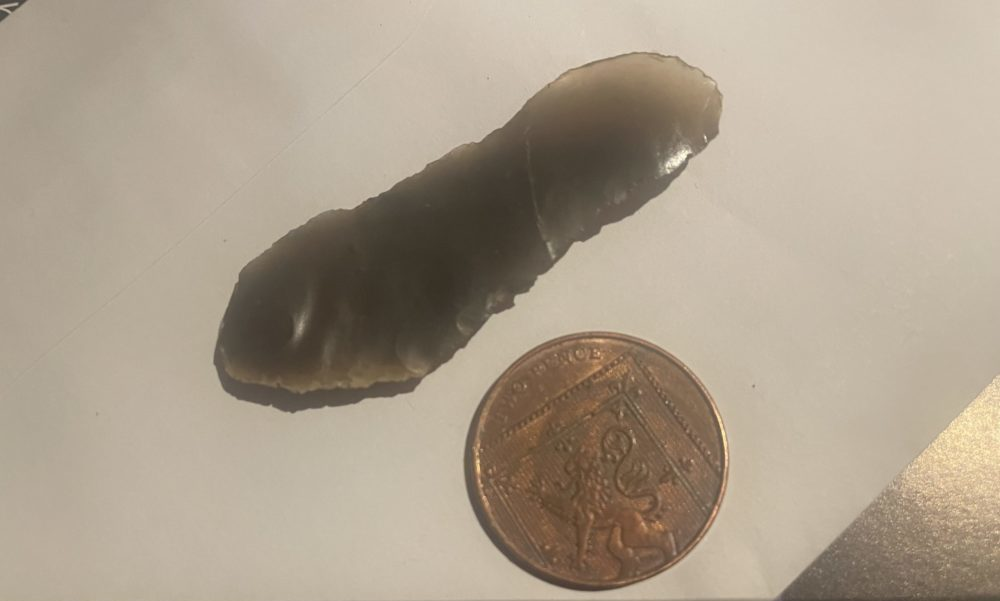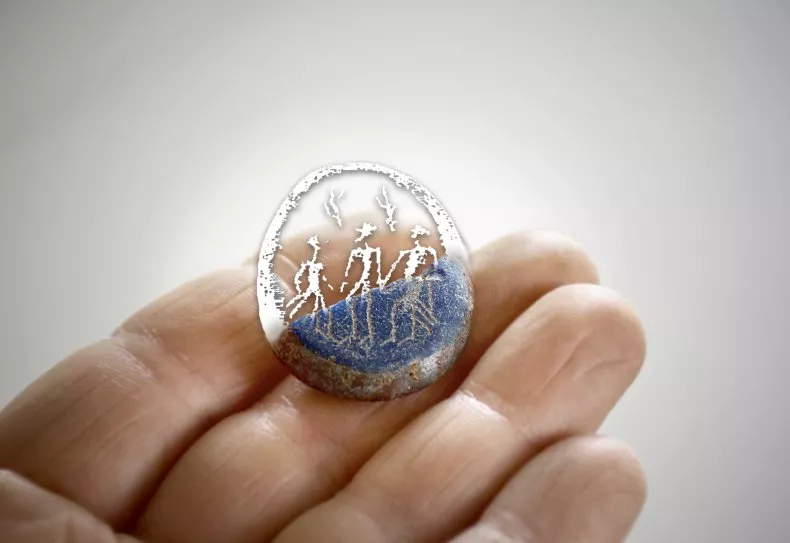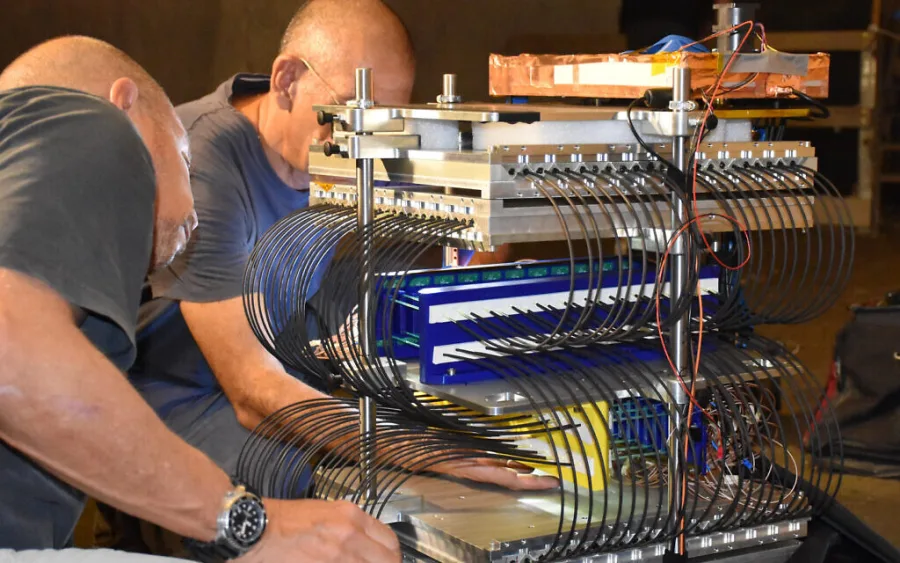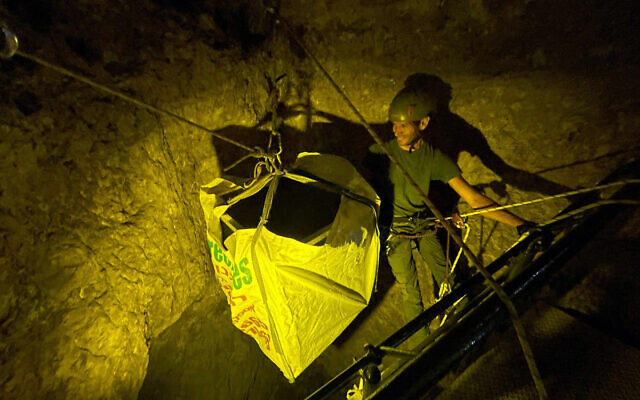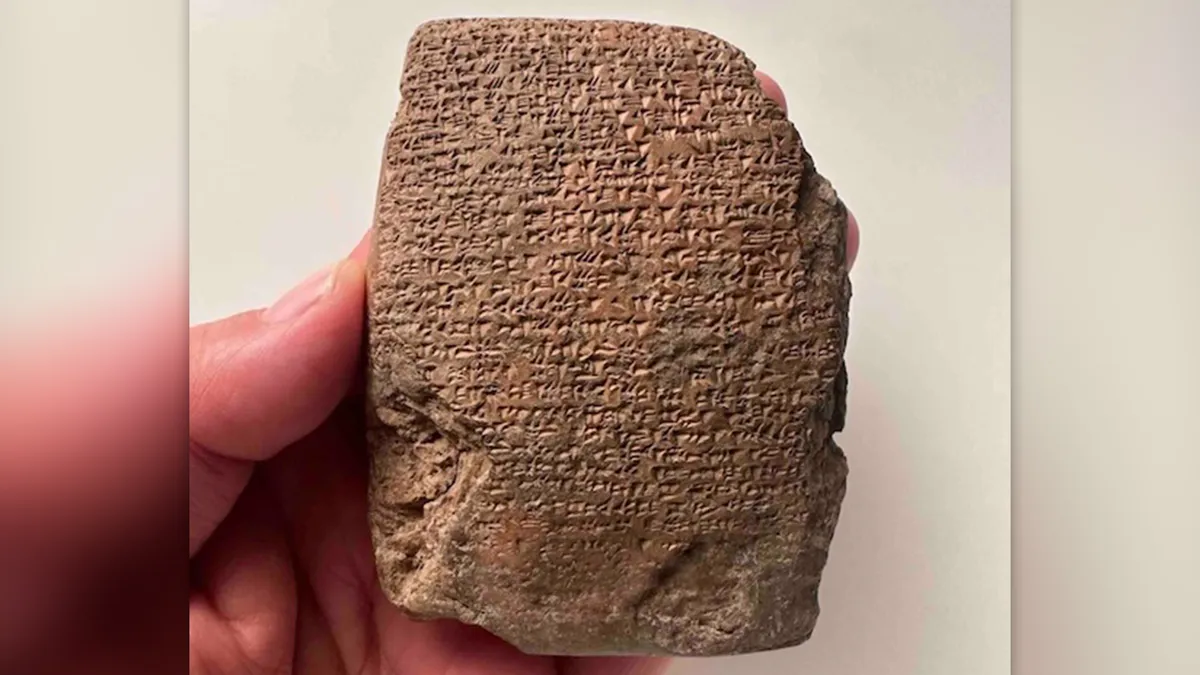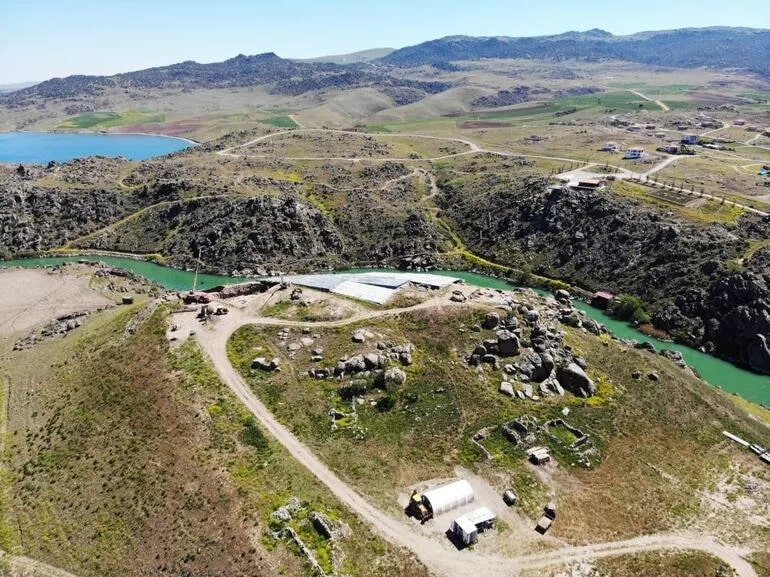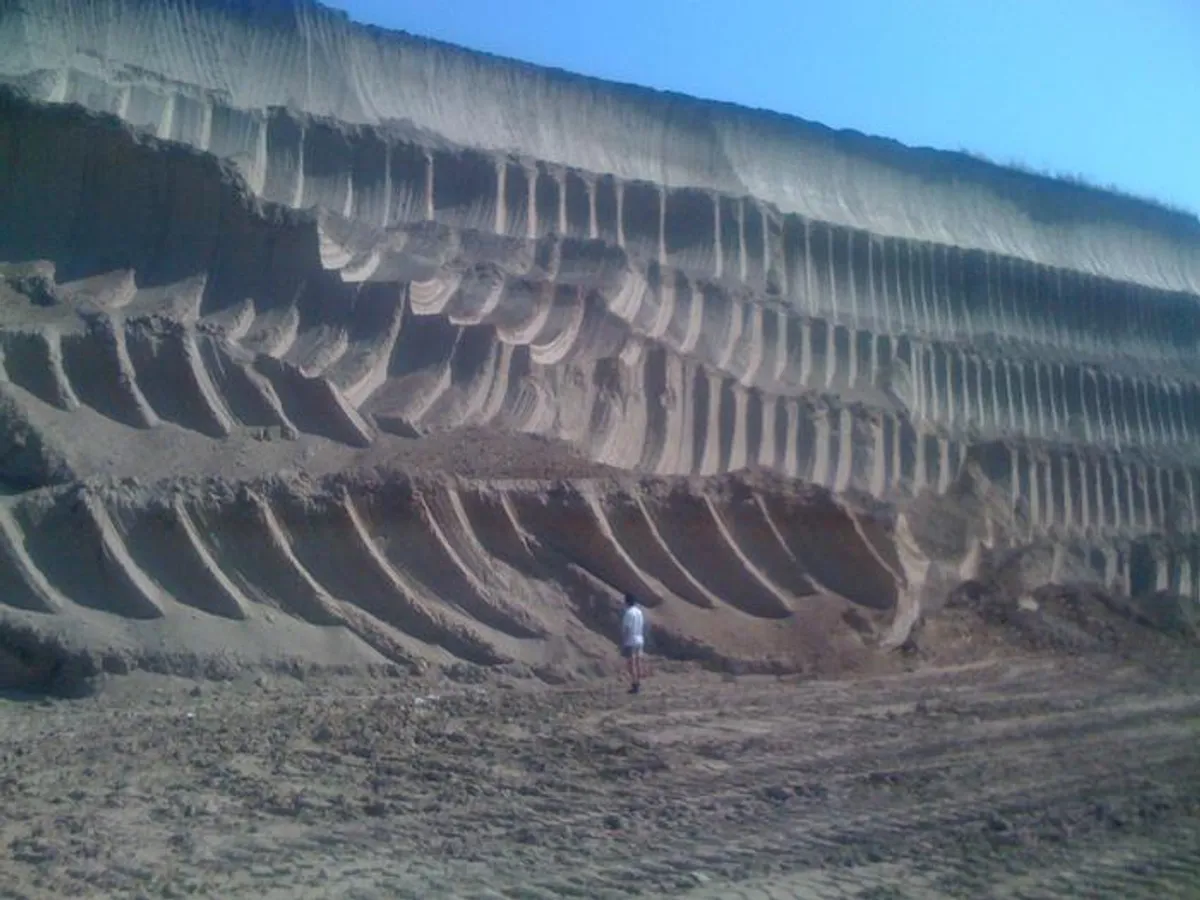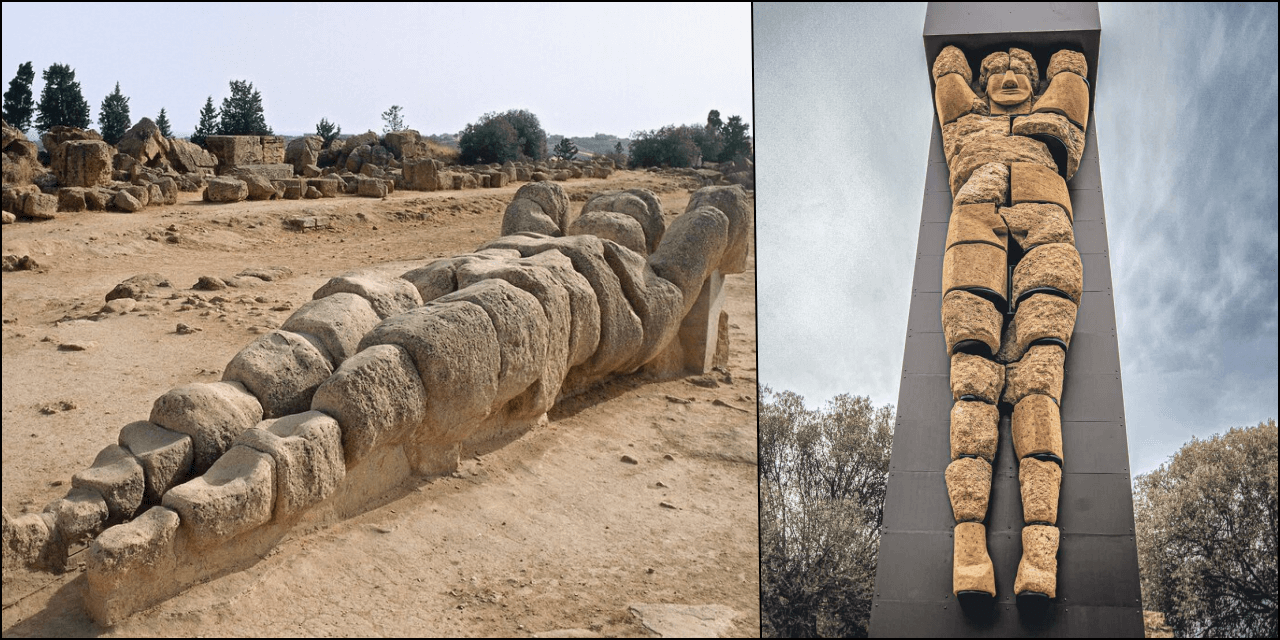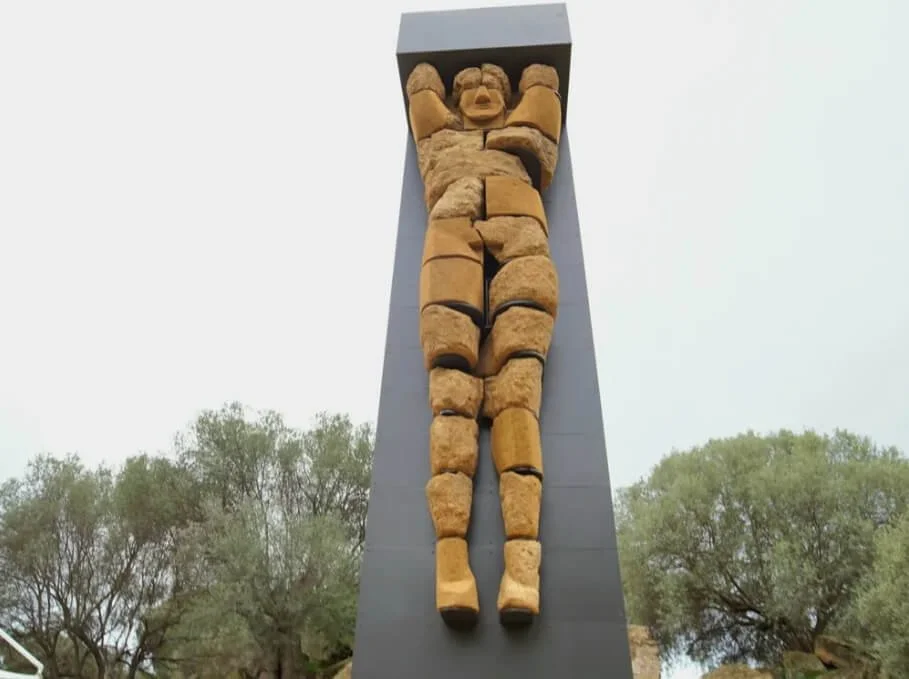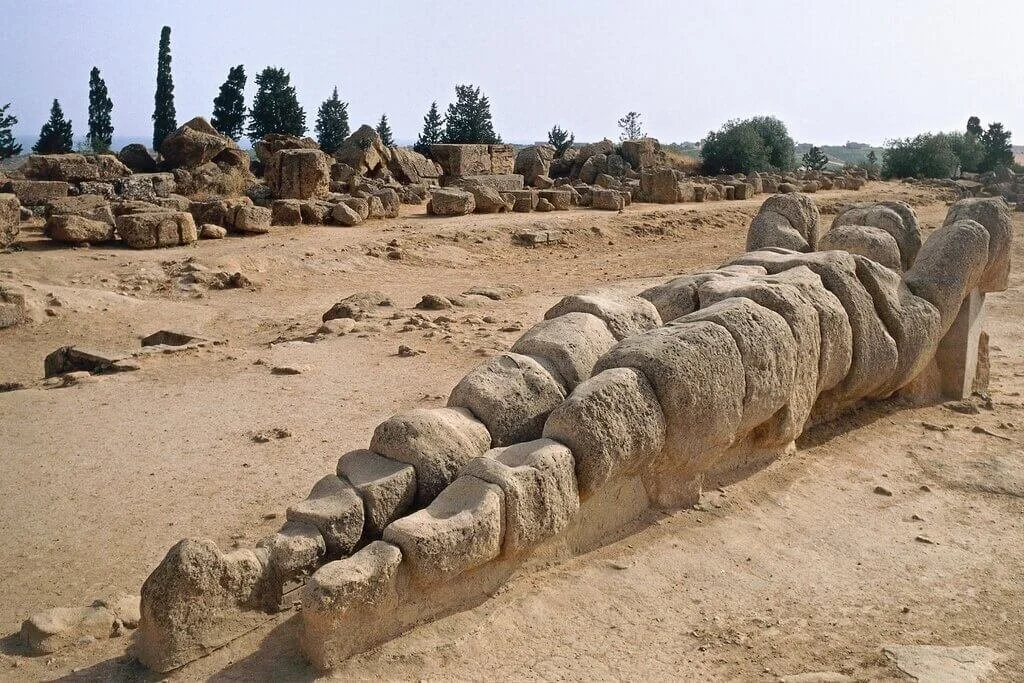The ancient civilization of Sumer, nestled in the fertile lands between the Tigris and Euphrates rivers, gave birth to one of the earliest known writing systems, complex societies, and a wealth of cultural heritage. Among their many contributions to human history are their names, each carrying a significance that reflects the beliefs, aspirations, and worldview of this ancient people. In this article, we delve into the intriguing world of 100 Sumerian names, unraveling their meanings and unveiling the stories they tell.
Here's a list of 100 Sumerian names along with their meanings:exploration of the meanings of all 100 Sumerian names:
Enlil: "Lord of the Wind" - Enlil was a major deity in the Sumerian pantheon, associated with storms, air, and breath. His name signifies his dominion over the winds and atmospheric phenomena.
Inanna: "Lady of Heaven" - Inanna was the goddess of love, fertility, and war, embodying aspects of femininity and power. Her name highlights her divine status and connection to the celestial realm.
Utu: "Sun" - Utu was the Sumerian god of the sun, symbolizing light, warmth, and life-giving energy. His name emphasizes his role as the radiant source of daylight.
Nammu: "Lady who Gave Birth" - Nammu was a primordial goddess associated with the creation of the universe and the mother of all gods. Her name underscores her role as the progenitor of existence.
Anu: "Heaven" - Anu was the god of the heavens, representing the celestial realm and divine authority. His name reflects his status as the ruler of the divine pantheon.
Ningal: "Great Lady" - Ningal was a goddess of reeds, hunting, and war, often associated with fertility and protection. Her name signifies her esteemed position among the deities.
Enki: "Lord of the Earth" - Enki was the god of wisdom, water, and magic, credited with the creation of humanity and civilization. His name emphasizes his connection to the earthly realm and natural forces.
Ninhursag: "Mother of the Gods" - Ninhursag was a mother goddess associated with fertility, healing, and creation. Her name highlights her maternal role in nurturing and sustaining life.
Dumuzid: "Faithful Son" - Dumuzid was a deity linked to shepherds, agriculture, and fertility, often portrayed as a divine shepherd or king. His name suggests loyalty and devotion, qualities essential for prosperity.
Ereshkigal: "Lady of the Great Place" - Ereshkigal was the queen of the underworld, ruling over the realm of the dead. Her name evokes the vastness and significance of the underworld domain.
Ninurta: "Lord of the Good Tree" - Ninurta was a god associated with agriculture, war, and prosperity, often depicted as a heroic warrior. His name symbolizes fertility, growth, and the abundance of nature.
Nanna: "Moon" - Nanna was the god of the moon, embodying the mystical and luminous qualities of the nighttime sky. His name reflects his association with the celestial body that waxes and wanes in the heavens.
Ninlil: "Lady of the Open Field" - Ninlil was a goddess revered for her connection to wind, agriculture, and fertility. Her name evokes the vastness and fertility of the open plains where crops flourish.
Ashur: "Light" or "Solar" - Ashur was the national god of the Assyrian empire, embodying power, authority, and divine protection. His name symbolizes the radiant brilliance of the sun and its life-giving properties.
Enkidu: "Created from the God Anu" - Enkidu was a legendary figure in Sumerian mythology, known as the friend and companion of the hero Gilgamesh. His name signifies his divine origin and connection to the gods.
Enheduanna: "High Priestess of the Moon God" - Enheduanna was a historical figure known as the earliest recorded poet and author, as well as a high priestess of the moon god Nanna. Her name reflects her prestigious role in religious rituals and devotion to the divine.
Shulgi: "My King" - Shulgi was a Sumerian king of the Ur III dynasty, known for his military conquests, administrative reforms, and patronage of literature and the arts. His name emphasizes his royal status and authority as a ruler.
Adad: "Storm God" - Adad was a deity associated with storms, rain, and thunder, symbolizing the power of nature and fertility. His name signifies his role as a bringer of storms and blessings from the heavens.
Nisaba: "Goddess of Grain and Writing" - Nisaba was a goddess of grain, fertility, and writing, revered as a patroness of agriculture and knowledge. Her name highlights her dual role in nurturing crops and facilitating literacy and learning.
Marduk: "Chief God of Babylon" - Marduk was the principal deity of Babylon, revered as the supreme god of justice, victory, and divine authority. His name signifies his preeminence among the gods and his association with the city of Babylon.
Gudea: "Servant of the Goddess" - Gudea was a Sumerian ruler known for his piety and devotion to the gods, particularly the goddess Ningirsu. His name reflects his humble status as a devoted servant of the divine.
Nanshe: "Goddess of Social Justice" - Nanshe was a goddess associated with social justice, compassion, and divination, revered as a protector of the vulnerable and oppressed. Her name signifies her role in promoting fairness and equity in society.
Ninshubur: "Messenger of the Goddess Inanna" - Ninshubur was a divine messenger and loyal companion of the goddess Inanna, often depicted as a gender-fluid deity. Their name reflects their role as a faithful servant and intermediary between the mortal and divine realms.
Shara: "Lord of the Desert" - Shara was a god associated with the desert, wilderness, and nomadic tribes, revered as a protector of travelers and guardian of the barren lands. His name signifies his dominion over the harsh and unforgiving terrain of the desert.
Ninkasi: "Goddess of Beer" - Ninkasi was a goddess of brewing, fermentation, and beer, revered as a patroness of brewers and tavern keepers. Her name reflects her association with the creation and enjoyment of beer, a staple of Sumerian culture and religious rituals.
Ninazu: "God of the Underworld" - Ninazu was a god associated with the underworld and the afterlife, revered as a judge of the dead and guardian of the netherworld. His name signifies his role as a powerful deity presiding over the realm of the deceased.
Geshtinanna: "Sister of Dumuzid" - Geshtinanna was a goddess associated with agriculture, vegetation, and the cycle of life and death, revered as the sister and consort of the shepherd god Dumuzid. Her name reflects her close relationship with her divine sibling and her role in the agricultural fertility rites.
Ninlammu: "Goddess of the Waters" - Ninlammu was a goddess associated with water, rivers, and purification, revered as a protector of aquatic ecosystems and a purifier of souls. Her name signifies her connection to the primordial waters of creation and her role in maintaining the balance of the natural world.
Namtar: "God of Death" - Namtar was a god associated with death, disease, and fate, revered as a harbinger of illness and a servant of the underworld deities. His name signifies his role as a bringer of death and a messenger of fate, overseeing the transition of souls from the mortal realm to the afterlife.
Ninmah: "Lady of the Rib" - Ninmah was a mother goddess associated with childbirth, fertility, and creation, revered as a patroness of midwives and a protector of women in labor. Her name reflects her association with the divine act of creation and her role in shaping the destinies of humanity.
Anzû: "Divine Storm Bird" - Anzû was a mythical creature depicted as a giant bird of prey, often associated with storms, thunder, and lightning. His name signifies his divine nature and his role as a symbol of cosmic power and natural forces.
Nungal: "Daughter of Enki" - Nungal was a goddess associated with purification, healing, and protection, revered as the daughter of the god Enki. Her name reflects her divine lineage and her association with the waters of life and renewal.
Nintu: "Lady of Birth" - Nintu was a mother goddess associated with childbirth, fertility, and the nurturing of life, revered as a creator and sustainer of humanity. Her name reflects her role as the divine mother who gives birth to all living beings and shapes their destinies.
Ishkur: "God of Rain and Thunderstorms" - Ishkur was a god associated with rain, thunder, and lightning, revered as a bringer of fertility and a protector of crops. His name signifies his role as a controller of the weather and a provider of nourishment for the earth and its inhabitants.
Ninisina: "Goddess of Healing" - Ninisina was a goddess associated with healing, medicine, and rejuvenation, revered as a patroness of physicians and a protector of the sick and infirm. Her name reflects her role as a bringer of health and vitality to those in need.
Ninsumun: "Lady of the Wild Cows" - Ninsumun was a goddess associated with cattle, pastures, and fertility, revered as a protector of herds and a provider of nourishment. Her name reflects her association with the untamed wilderness and her role in ensuring the prosperity of livestock and agriculture.
Enbilulu: "God of Canals and Boundaries" - Enbilulu was a god associated with irrigation, waterways, and land demarcations, revered as a protector of agricultural lands and a provider of water for crops. His name signifies his role as a guardian of boundaries and a facilitator of irrigation projects essential for the survival of Sumerian civilization.
Lugalbanda: "King of the Band" - Lugalbanda was a legendary figure in Sumerian mythology, known as a heroic king and the father of the hero Gilgamesh. His name reflects his status as a ruler and his role as a leader of his people.
Uttu: "Goddess of Weaving and Clothing" - Uttu was a goddess associated with weaving, textiles, and clothing, revered as a patroness of craftspeople and a protector of artisans. Her name reflects her association with the textile industry and her role in providing clothing and garments for humanity.
Shara: "God of War" - Shara was a god associated with war, conflict, and martial prowess, revered as a protector of warriors and a patron of military campaigns. His name signifies his role as a defender of the realm and a champion of justice in times of strife.
Urash: "Goddess of Fertility and Agriculture" - Urash was a goddess associated with fertility, agriculture, and the earth, revered as a patroness of farmers and a provider of sustenance. Her name reflects her association with the fertile soil and her role in nurturing the growth of crops and the abundance of nature.
Ningikuga: "Goddess of Reeds and Marshes" - Ningikuga was a goddess associated with reeds, marshes, and wetlands, revered as a protector of aquatic ecosystems and a provider of sustenance for wildlife. Her name reflects her association with the marshy terrain and her role in supporting the diversity of plant and animal life.
Enmesarra: "God of the Underworld" - Enmesarra was a god associated with the underworld and the afterlife, revered as a judge of the dead and a guardian of the netherworld. His name signifies his role as a powerful deity presiding over the realm of the deceased.
Ninkurra: "Goddess of Mountains" - Ninkurra was a goddess associated with mountains, hills, and rocky terrain, revered as a protector of geological formations and a provider of minerals and ores. Her name reflects her association with the rugged landscape and her role in shaping the natural environment.
Urshanabi: "Boatman of the Gods" - Urshanabi was a mythical figure in Sumerian mythology, known as the boatman who ferried souls across the waters of the underworld. His name signifies his role as a guide and escort for the deceased on their journey to the afterlife.
Ninshar: "Goddess of Oath" - Ninshar was a goddess associated with oaths, vows, and promises, revered as a witness to solemn pledges and agreements. Her name reflects her role as a guardian of truth and integrity in human relationships.
Gula: "Goddess of Healing and Medicine" - Gula was a goddess associated with healing, medicine, and wellness, revered as a patroness of physicians and a protector of the sick and infirm. Her name reflects her role as a bringer of health and vitality to those in need.
Sud: "Guardian of Grain" - Sud was a deity associated with grain, agriculture, and harvests, revered as a protector of crops and a provider of sustenance. His name reflects his role as a guardian of the grain fields and a defender of agricultural abundance.
Bau: "Goddess of Fertility and Healing" - Bau was a goddess associated with fertility, healing, and prosperity, revered as a patroness of childbirth and a protector of women and children. Her name reflects her association with the cycles of life and her role in promoting health and well-being.
Enkimdu: "God of Farming and Irrigation" - Enkimdu was a god associated with farming, irrigation, and agricultural fertility, revered as a patron of farmers and a provider of water for crops. His name reflects his role as a facilitator of agricultural productivity and a guardian of the irrigation canals essential for the survival of Sumerian civilization.
Nidaba: "Goddess of Grain and Writing" - Nidaba was a goddess associated with grain, writing, and wisdom, revered as a patroness of scribes and a protector of literary arts. Her name reflects her dual role in nurturing crops and facilitating literacy and learning among the people.
Ninḫursaĝ: "Lady of the Sacred Mountain" - Ninḫursaĝ was a mother goddess associated with mountains, hills, and sacred groves, revered as a protector of natural landscapes and a provider of spiritual guidance. Her name reflects her association with the lofty peaks and her role in nurturing the spiritual connection between humanity and the divine.
Lahar: "God of Cattle" - Lahar was a god associated with cattle, livestock, and pastoralism, revered as a protector of herds and a provider of sustenance. His name reflects his association with the pastoral lifestyle and his role in promoting the prosperity of livestock husbandry.
Neti: "Gatekeeper of the Underworld" - Neti was a mythical figure in Sumerian mythology, known as the gatekeeper who controlled access to the realm of the dead. His name signifies his role as a guardian of the underworld entrance and a guide for souls on their journey to the afterlife.
Zababa: "God of War and Patron of Kish" - Zababa was a god associated with war, conflict, and military prowess, revered as a protector of cities and a patron of martial valor. His name reflects his role as a defender of the realm and a champion of justice in times of war and strife.
Ur-Namma: "The Ancient King" - Ur-Namma was a Sumerian king known for his military conquests, administrative reforms, and patronage of literature and the arts. His name signifies his status as a legendary ruler and a founding father of the Ur III dynasty.
Nin-Agal: "Queen of the Universe" - Nin-Agal was a goddess associated with cosmic order, divine authority, and universal harmony, revered as a patroness of rulers and a protector of the cosmic balance. Her name reflects her exalted status as a queenly figure presiding over the celestial realm.
Abu: "God of Plants" - Abu was a deity associated with plants, vegetation, and botanical fertility, revered as a patron of agriculture and a provider of sustenance. His name reflects his role as a guardian of plant life and a promoter of agricultural abundance.
Ziusudra: "Sumerian Noah" - Ziusudra was a mythical figure in Sumerian mythology, known as the hero who survived a great flood sent by the gods to cleanse the earth of humanity's sins. His name signifies his role as a survivor and a progenitor of the post-diluvian world.
Ur-Bau: "Lady of Ur" - Ur-Bau was a goddess associated with the city of Ur, revered as a patroness of the royal court and a protector of the city's inhabitants. Her name reflects her close association with the urban center and her role in safeguarding its prosperity and security.
Nanshe: "Goddess of Dream Interpretation" - Nanshe was a goddess associated with dreams, omens, and divination, revered as a patroness of prophets and a protector of the vulnerable. Her name reflects her role as a interpreter of dreams and a guide for those seeking spiritual guidance and insight.
Dumuzi-abzu: "Shepherd of the Waters" - Dumuzi-abzu was a mythical figure associated with water, rivers, and aquatic ecosystems, revered as a protector of water sources and a provider of nourishment. His name reflects his association with the primordial waters of creation and his role in maintaining the balance of the natural world.
Emesh: "God of Summer" - Emesh was a deity associated with the summer season, revered as a bringer of warmth, light, and abundance. His name reflects his association with the summer months and his role in promoting agricultural fertility and the ripening of crops.
Enten: "God of Winter" - Enten was a deity associated with the winter season, revered as a bringer of cold, darkness, and dormancy. His name reflects his association with the winter months and his role in promoting rest and rejuvenation in the natural world.
Ninazu: "Lord of Healing" - Ninazu was a god associated with healing, medicine, and rejuvenation, revered as a patron of physicians and a protector of the sick and infirm. His name reflects his role as a bringer of health and vitality to those in need.
Lugal-irra and Mes-anne-pada: "Legendary Rulers" - Lugal-irra and Mes-anne-pada were legendary figures in Sumerian mythology, known as heroic kings and founding fathers of the city-states of Lagash and Uruk. Their names signify their status as esteemed rulers and revered ancestors of the Sumerian people.
Nin-gublaga: "God of the Canals" - Nin-gublaga was a deity associated with irrigation, waterways, and land reclamation, revered as a patron of farmers and a provider of water for crops. His name reflects his role as a guardian of irrigation canals and a promoter of agricultural productivity.
Ur-Zababa: "King of Kish" - Ur-Zababa was a Sumerian king known for his military conquests, administrative reforms, and patronage of the arts. His name signifies his status as a ruler and his role as a leader of the city-state of Kish.
Ninti: "Lady of the Rib" - Ninti was a mother goddess associated with childbirth, fertility, and the nurturing of life, revered as a creator and sustainer of humanity. Her name reflects her role as the divine mother who gives birth to all living beings and shapes their destinies.
En-ana: "High Priestess of the Moon God Nanna" - En-ana was a historical figure known as a high priestess of the moon god Nanna, revered as a spiritual leader and a guardian of religious traditions. Her name reflects her prestigious role in religious rituals and her devotion to the lunar deity.
Lugalkiginedudu: "God of the Scorching Sun" - Lugalkiginedudu was a deity associated with the scorching heat of the sun, revered as a bringer of drought, famine, and pestilence. His name reflects his association with the intense heat of the summer sun and its detrimental effects on agriculture and human health.
Ningishzida: "Guardian of the Gate to the Underworld" - Ningishzida was a mythical figure associated with the underworld and the afterlife, revered as a protector of the entrance to the realm of the dead. His name signifies his role as a guardian of the underworld gateway and a guide for souls on their journey to the afterlife.
Ur-Nammu: "The Founder of the Third Dynasty of Ur" - Ur-Nammu was a Sumerian king known for his military conquests, administrative reforms, and patronage of literature and the arts. His name signifies his role as the founder and first ruler of the Third Dynasty of Ur.
Ninḫursaĝ: "Mother Goddess of the Mountains" - Ninḫursaĝ was a mother goddess associated with mountains, hills, and sacred groves, revered as a protector of natural landscapes and a provider of spiritual guidance. Her name reflects her association with the lofty peaks and her role in nurturing the spiritual connection between humanity and the divine.
Abzu: "God of Fresh Water" - Abzu was a deity associated with fresh water, underground springs, and subterranean aquifers, revered as a source of life and a provider of sustenance. His name reflects his association with the primordial waters of creation and his role in supporting the fertility of the earth.
Enmešarra: "God of Justice" - Enmešarra was a deity associated with justice, law, and divine retribution, revered as a bringer of order and a dispenser of justice. His name reflects his role as a guardian of moral and ethical principles and a protector of the cosmic balance.
Ningišzida: "God of Healing and Fertility" - Ningišzida was a god associated with healing, medicine, and fertility, revered as a patron of physicians and a protector of the sick and infirm. His name reflects his role as a bringer of health and vitality to those in need.
Ur-Nungal: "Legendary Sumerian King" - Ur-Nungal was a legendary figure in Sumerian mythology, known as a heroic king and a patron of literature and the arts. His name signifies his status as a ruler and his role as a promoter of cultural and intellectual pursuits.
Nin-azu: "Goddess of Water and Fertility" - Nin-azu was a goddess associated with water, rivers, and aquatic ecosystems, revered as a protector of aquatic life and a provider of nourishment. Her name reflects her association with the life-giving waters and her role in promoting fertility and abundance in the natural world.
Ninimma: "Goddess of Creation" - Ninimma was a mother goddess associated with creation, fertility, and childbirth, revered as a patroness of mothers and a protector of children. Her name reflects her role as a creator and sustainer of life and her association with the cycles of birth and renewal.
Nuska: "God of Fire and Purification" - Nuska was a deity associated with fire, purification, and ritual cleansing, revered as a bringer of light and a purifier of souls. His name reflects his association with the sacred flame and his role in facilitating spiritual transformation and renewal.
En-ḫedu-ana: "High Priestess of Nanna" - En-ḫedu-ana was a historical figure known as the earliest recorded poet and author, as well as a high priestess of the moon god Nanna. Her name reflects her prestigious role in religious rituals and her devotion to the lunar deity.
Ur-Gur: "King of Ur" - Ur-Gur was a Sumerian king known for his military conquests, administrative reforms, and patronage of literature and the arts. His name signifies his status as a ruler and his role as a leader of the city-state of Ur.
Ninisina: "Goddess of Healing" - Ninisina was a goddess associated with healing, medicine, and rejuvenation, revered as a patroness of physicians and a protector of the sick and infirm. Her name reflects her role as a bringer of health and vitality to those in need.
Amurru: "God of Nomads and Pastoralists" - Amurru was a deity associated with nomadic tribes, pastoralism, and wilderness, revered as a protector of herds and a provider of sustenance. His name reflects his association with the rugged terrain of the wilderness and his role in promoting the prosperity of pastoral communities.
Ninlil: "Lady of the Air" - Ninlil was a goddess associated with wind, air, and atmospheric phenomena, revered as a patroness of sailors and a protector of travelers. Her name reflects her association with the gentle breezes and powerful gusts that sweep across the earth.
Nidaba: "Goddess of Grain and Writing" - Nidaba was a goddess associated with grain, writing, and wisdom, revered as a patroness of scribes and a protector of literary arts. Her name reflects her dual role in nurturing crops and facilitating literacy and learning among the people.
Nintinugga: "Goddess of Healing and Medicine" - Nintinugga was a goddess associated with healing, medicine, and wellness, revered as a patroness of physicians and a protector of the sick and infirm. Her name reflects her role as a bringer of health and vitality to those in need.
Ninshubur: "Messenger of the Gods" - Ninshubur was a divine messenger and loyal companion of the goddess Inanna, often depicted as a gender-fluid deity. Their name reflects their role as a faithful servant and intermediary between the mortal and divine realms.
Utu: "Sun God" - Utu was the Sumerian god of the sun, symbolizing light, warmth, and life-giving energy. His name emphasizes his role as the radiant source of daylight.
Nin-kasi: "Goddess of Beer" - Nin-kasi was a goddess associated with brewing, fermentation, and beer, revered as a patroness of brewers and tavern keepers. Her name reflects her association with the creation and enjoyment of beer, a staple of Sumerian culture and religious rituals.
Nin-sun: "Goddess of Wild Cattle" - Nin-sun was a goddess associated with wild cattle, pastures, and fertility, revered as a protector of herds and a provider of nourishment. Her name reflects her association with the untamed wilderness and her role in promoting the prosperity of livestock husbandry.
Lugal-Marada: "King of Marada" - Lugal-Marada was a legendary figure in Sumerian mythology, known as a heroic king and a patron of literature and the arts. His name signifies his status as a ruler and his role as a promoter of cultural and intellectual pursuits.
Enshag: "God of Wine and Intoxication" - Enshag was a deity associated with wine, intoxication, and revelry, revered as a patron of vintners and a provider of merriment. His name reflects his association with the production and consumption of wine, a cherished aspect of Sumerian social and religious life.
Ninazu: "God of the Underworld" - Ninazu was a god associated with the underworld and the afterlife, revered as a judge of the dead and a guardian of the netherworld. His name signifies his role as a powerful deity presiding over the realm of the deceased.
Nin-Tu: "Goddess of Creation" - Nin-Tu was a mother goddess associated with childbirth, fertility, and the nurturing of life, revered as a creator and sustainer of humanity. Her name reflects her role as the divine mother who gives birth to all living beings and shapes their destinies.
Gatumdag: "God of Good Fortune" - Gatumdag was a deity associated with luck, prosperity, and abundance, revered as a bringer of good fortune and a protector of wealth. His name reflects his association with positive outcomes and his role in promoting prosperity and success.
Nidintu-Ana: "Lady of the Heavens" - Nidintu-Ana was a goddess associated with the celestial realm and cosmic order, revered as a patroness of the stars and a protector of the heavens. Her name reflects her exalted status as a queenly figure presiding over the celestial domain.
Ninilduma: "Goddess of the Land" - Ninilduma was a goddess associated with the earth, soil, and agricultural fertility, revered as a protector of farmland and a provider of sustenance. Her name reflects her association with the fertile soil and her role in nurturing the growth of crops and the abundance of nature.
Dumuzi: "Shepherd God" - Dumuzi was a deity associated with shepherds, agriculture, and fertility, often depicted as a divine shepherd or king. His name signifies his pastoral role and his association with the nurturing of livestock and the fertility of the land.
As we explore these names, we uncover not only the linguistic beauty of the Sumerian language but also the deep spiritual and cultural significance embedded within each name. From the majestic deities to the common people, these names offer a glimpse into the rich tapestry of Sumerian civilization.
In the annals of human history, the civilization of Sumer stands as a testament to the ingenuity, creativity, and spiritual depth of our ancestors. Through the exploration of Sumerian names and their meanings, we gain insight into the beliefs, aspirations, and cultural heritage of this ancient people. Each name is a thread in the intricate tapestry of Sumerian civilization, weaving together a story of gods and goddesses, kings and queens, warriors and artisans. As we reflect on these names, may we also remember the enduring legacy of the Sumerians and the profound impact they have had on the course of human history.

